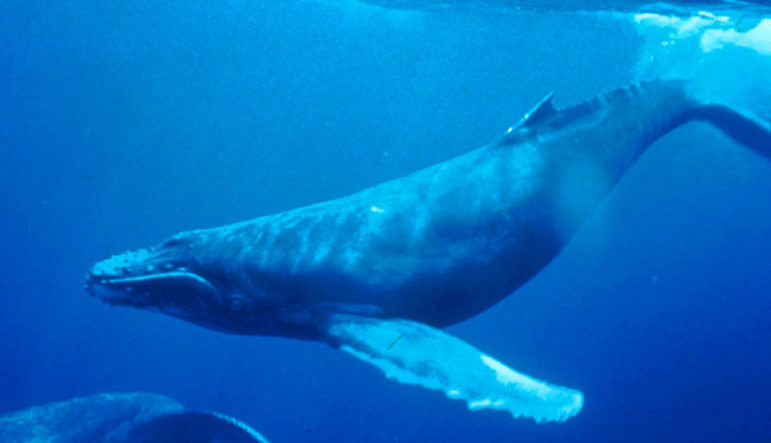
October 12, 2016; Mashable
How does climate change impact southern right whales and humpback whales? The World Wildlife Fund Australia, along with Murdock University Cetacean Research Unit researchers, is tracking whales in ways that did not exist before.
Often, we think of drone technology with mixed emotions, as a military weapon or an expensive hobby. The U.S. National Oceanic and Atmospheric Administration (NOAA) and Murdock University are part of a growing list of drone-assisted whale researchers. With drone technology, the researchers are able to observe and obtain information that used to be too expensive and invasive.
Prior to adopting this technology, only helicopters or planes could do the flyovers to track the whale behavior. With drones, scientists can gather high-resolution images causing minimum disruption to the animals. In order to understand the impact of humans on ocean wildlife, it is important to study whales in a non-invasive manner. Scientists strongly support drones as a great example of non-invasive research.
Typically, whales inhabit the Australian waters during breeding time, from late May to October. Drones are used to monitor the health of the whale community by observing both their number and their size. After obtaining permission from the Aboriginals Land Trust, the drones are flown along the Great Australian Bight cliffs.
Sign up for our free newsletters
Subscribe to NPQ's newsletters to have our top stories delivered directly to your inbox.
By signing up, you agree to our privacy policy and terms of use, and to receive messages from NPQ and our partners.
To the surprise of the researchers, drones have produced detailed observations of young whales, which often stay beneath the surface of the water, showing behavior that had not been previously observable.
“Drone technology is getting picked up all over the world by whale monitoring groups,” says Fredrik Christiansen of Murdoch University. “In a few years, we’re going to know the condition of most baleen whale populations around the world.”
The scientists have learned how much body fat female southern right whales lose during the feeding of their young calves. According to Christiansen, when the whales leave the Australian study area, the females are frequently extremely underweight, with some having lost up to 16” in width during feeding times.
The great hope is to learn how ecological conditions are changing due to climate change. Whales need an abundance of krill, a fish that is smaller than your pinky finger, as a major food supply. Krill production in the Antarctic feeding area is sharply impacted by rises in sea temperature and the receding sea ice. As small as they are, krill represent an enormous link in the global food chain. In the study of sea temperature change, krill are the “canary in the coal mine” and thus draw the attention of the whale researchers.
Off-the-shelf drones operated by unskilled users can harass and cause stress to the whales. For trained scientists and environmental groups, drones have become essential tools for research. NOAA trains researchers to use a variety of drones in the field, what they call Unmanned Aircraft Systems (UAS). As the world’s climate changes, researchers are using evolving technology to do its best to keep pace with the evolving habits and needs of whales.—Jeanne Allen













